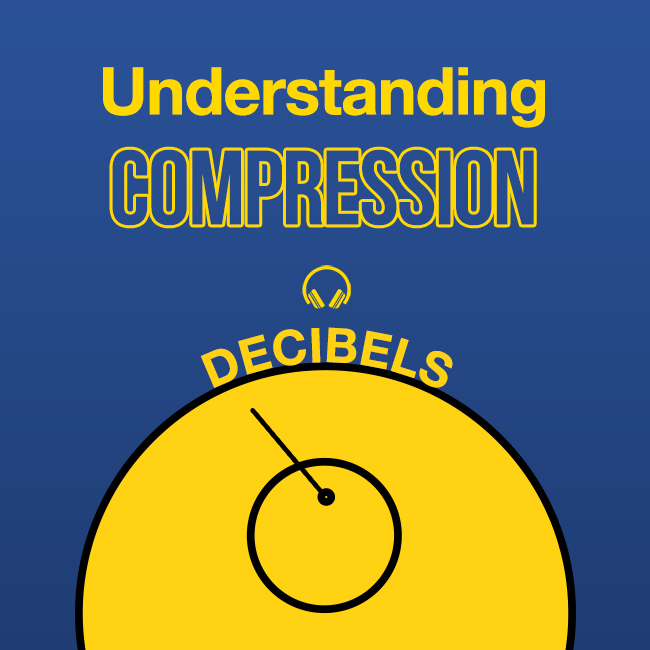In the world of music production, audio compression plays a crucial role in shaping the final sound. Whether you're a musician, producer, or audio engineer, understanding how compression works is essential for creating professional-sounding tracks. This article will demystify the concept of audio compression, explaining its significance in music production and providing insights on using compression effectively.
If you're interested in learning more about the fundamentals of Compression, check out our Compression Fundamentals course.
What is Compression?
Audio compression is a technique used to control the dynamic range of a sound source. Dynamic range refers to the difference between the loudest and softest parts of an audio signal. Compression aims to reduce this range, making the audio more consistent and balanced. It achieves this by attenuating the louder parts of the sound while boosting the softer elements, resulting in a more controlled and polished sound.
Why is it Important in Music Production?
Audio compression plays a vital role in music production for several reasons. Firstly, it helps to even out the volume levels in a track, ensuring that no elements overpower others. For example, a vocalist might have parts where they sing softly and other sections where they belt out powerful notes. Compression allows you to bring up the softer sections while preventing the louder parts from clipping or distorting.
Secondly, compression helps to enhance the overall intelligibility of the audio. By reducing the dynamic range, it brings out the subtleties and nuances in the sound, making it easier for listeners to perceive the details. This is especially important when mixing multiple instruments together, as compression can help achieve a more cohesive and balanced sound.
Additionally, compression can add character and color to a sound. By using specific compression settings, you can shape the tone and texture of an instrument or voice. For example, applying heavy compression on a snare drum can create a punchy, aggressive sound, while lighter compression on a vocal track can provide a smooth and polished tone.
How to Use Compression Effectively
To use compression effectively, it's essential to understand the various parameters and techniques involved. Here are some key considerations:
Threshold: The threshold determines the level at which compression begins to take effect. When the audio signal exceeds this threshold, the compressor starts attenuating the sound. Setting the threshold appropriately ensures that only the desired elements are affected by compression.
Ratio: The ratio determines the amount of attenuation applied to the signal above the threshold. For example, a ratio of 4:1 means that for every 4 dB above the threshold, only 1 dB will pass through. Higher ratios result in more aggressive compression, while lower ratios provide subtler control.
Attack and Release: The attack time controls how quickly the compressor responds to the audio signal exceeding the threshold. A shorter attack time can catch sudden peaks, while a longer attack time allows more transients to pass through. The release time determines how quickly the compressor stops attenuating the sound once it falls below the threshold.
Makeup Gain: Since compression reduces the overall volume of the audio, makeup gain is used to boost the level of the compressed signal. It helps to restore the lost volume and maintain a consistent output level.
Conclusion
Audio compression is a powerful tool in music production, allowing you to shape the dynamic range, balance the mix, and enhance the overall sound quality. By understanding the fundamentals of compression and utilizing the various parameters effectively, you can achieve greater control over your tracks and create professional-sounding music.
Remember, compression is not a one-size-fits-all solution. Experimentation and careful listening are key to finding the right settings for each specific sound source. With practice and experience, you'll develop an intuitive understanding of how compression can transform your music, adding depth, clarity, and impact to your productions. So, dive in, explore the world of audio compression, and unlock the full potential of your music.
If you're interested in learning more about the fundamentals of Compression, check out our Compression Fundamentals course.


